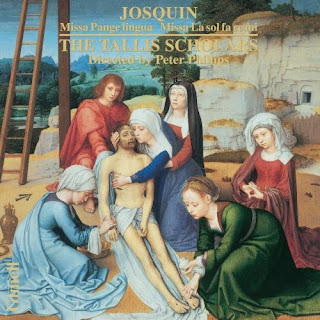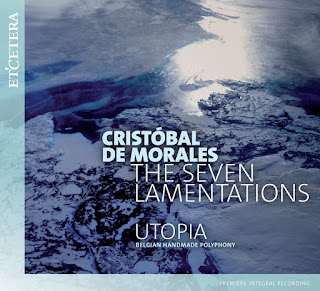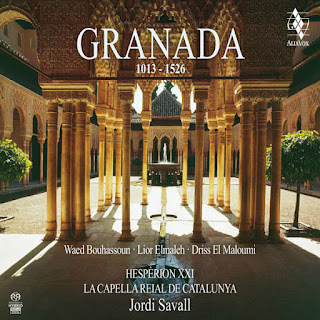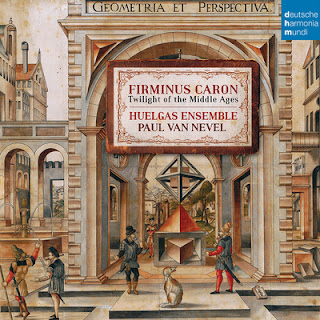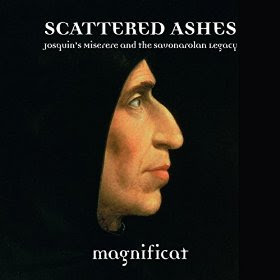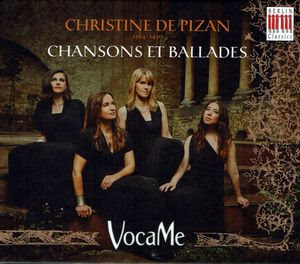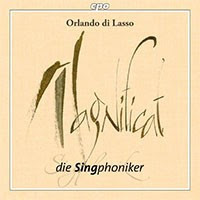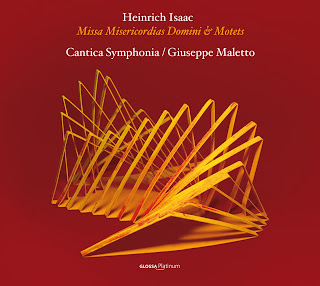Search This Blog
Early music and more by Edward Breen
Where possible, review entries are linked to their original publication.
Posts
Showing posts from 2016
Palestrina: Missa Papae Marcelli / Motets
- Get link
- X
- Other Apps
The Seven Lamentations: Cristóbal De Morales
- Get link
- X
- Other Apps
Firminus Caron: Twilight of the Middle Ages
- Get link
- X
- Other Apps
Balkan voices and medieval music in the work of Michael Morrow and Musica Reservata
- Get link
- X
- Other Apps
Christine de Pizan: Chansons et Ballades
- Get link
- X
- Other Apps
A Wondrous Mystery: Renaissance Choral Music for Christmas
- Get link
- X
- Other Apps
Cantate Domino: La Capella Sistina e la musica dei Papi
- Get link
- X
- Other Apps
Heinrich Isaac: Missa Misericordias Domini & Motets
- Get link
- X
- Other Apps
